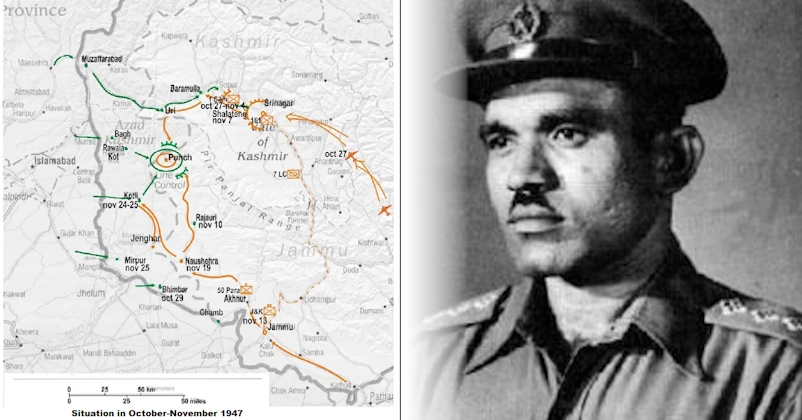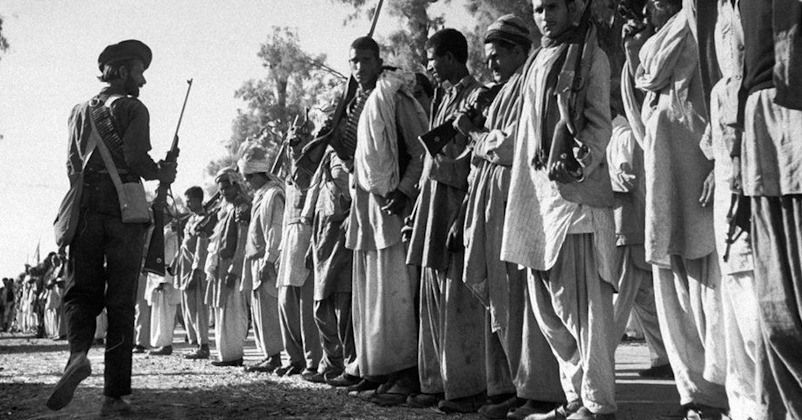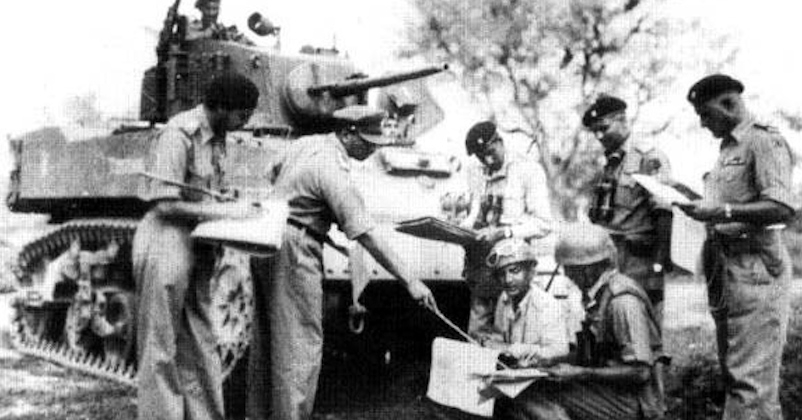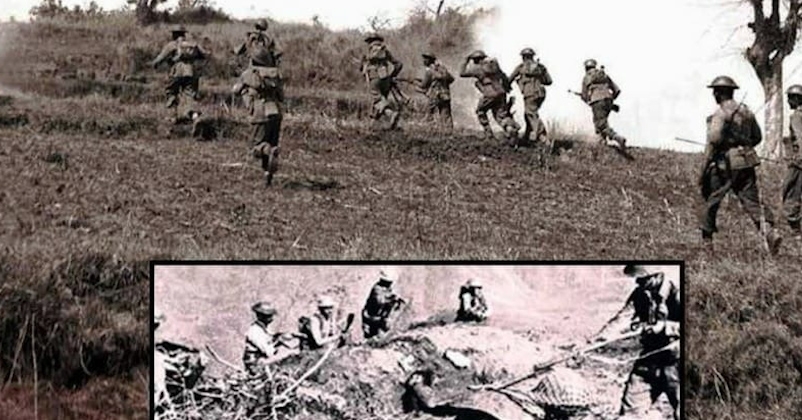The legend of Param Vir Chakra Awardee Major Rama Raghoba Rane who played a key role in the recapture of Rajouri from Pakistani Forces in 1947-48 Indo- Pakistan War
01-Jun-2023

Major Rama Raghoba Rane (back then he was a Second Lieutenant) was an officer in the Indian Army who participated in the first Indo-Pakistan War of 1947. Rama Raghoba Rane was awarded India’s highest gallantry award, the Param Vir Chakra, for undertaking tasks, under heavy enemy fire, that were important for the capture of the Rajouri district of Jammu and Kashmir. Rama Raghoba Rane became the first living recipient of the Param Vir Chakra in the nation’s history.
Rama Raghoba Rane was born on 26 June 1918 (age 76 years at the time of death) in Chendia village, Karwar district of Karnataka. On 10 July 1940, at the age of 22, when the Second World War was at its peak, Rama Raghoba Rane decided to join the British Indian Army. He was enlisted in the Bombay Engineer Regiment, and as a recruit, he was handed the Commandant’s cane for his outstanding performance during the training period.

Indo-Pakistan War of 1947-48
During the Indo-Pakistan War of 1947-48, Rane was in charge of the 37th Field Assault Company. The objective of his company was to clear out the roadblocks laid by the enemy; so that the infantry troops and the column of tanks could move towards capturing Rajouri.
The Indo-Pakistan war which commenced in October 1947 and was already in it’s seventh month by April,1948, had resulted in Pakistani soldiers and armed tribesman seizing control of Rajouri by the end of March 1948 and wreaking havoc through theft and murder. At that time, 2nd Lt Rane’s unit was taking part in Naushera sector and was assigned the task of eliminating mines and roadblocks along the 26 mile stretch of road connecting Naushera to Rajouri.

On 8 April 1948, Rane and his company were out clearing the roadblocks, made of huge Pine trees and anti-tank mines, when they suddenly came under heavy mortar fire from the enemy, as a result of which, 2 of his men were killed while 5 others were injured, including Rane.
Rane knew that the enemy could see them in broad daylight, so he decided to work at night and since the roadblocks were difficult to be removed, Rane decided to make a safer diverged lane so that the tank and troops could move up to Rajouri.

On 10 April 1948, having covered 13 kilometres, the advancing Indian column came to a halt because of a series of roadblocks. Rane and his company immediately swung into action. While clearing the roadblocks, Rane and his men came under heavy enemy machine-gun fire. Rane quickly devised a plan, which was to move a tank towards the roadblock and under the cover of the tank, Rane would continue working on destroying the roadblocks with the help of explosives. His idea worked, and soon Rane and his team destroyed the roadblocks, which aided greatly in the advance of the tank column and the infantry troops.
The supreme courage displayed by Rane in carrying out the most dangerous task of clearing mines and road blocks continuously for four days under incessant enemy fire, with total disregard for his life had enabled our tanks to move Chingus. His sustained gallant effort, whilst constantly facing death, was in the finest traditions of the India Army.
The four days, that is, from 8 to 11 April 1948, turned out to be decisive in the capturing of the Rajouri district owing to the efforts of Rama Raghoba Rane.